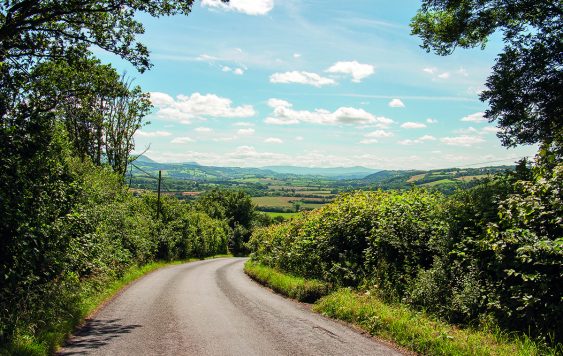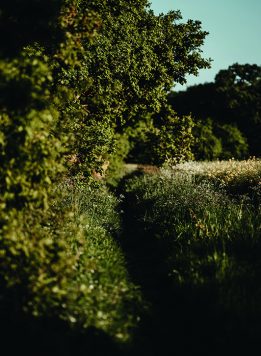The water calls to me, as she laps at the shore. Her soft trickling against the rocks and pebbles, that she has placed at her farthest edge, to give those who venture near, a foothold with a sharp- edged warning.
My feet are baby soft and too cosseted and vulnerable, as they crunch on the powdery sand nudging towards the sparkling waters edge.
The springtime sun is high in the sky but the wind is chilly and biting. I peep into the glittering mirrored shallows, excitedly scanning the lake bed, for nature holds secrets as ancient as the earth and as deep as the lakes reedy beds.
The birds and small creatures that amble on her banks and laze in pools of still sunlight on her dappled surface, feel familiar and safe and as I near the waters edge the sounds of the shore recede, the laughter of the playing children, the excitedly barking dogs and the bustling swimmers as they adjust their sports attire and stretch those toned torsos. The sounds fade into the distance as I stare mesmerised by the watery depths.
As I peer beneath the surface the minnows dart around in innocence and joy as I dip my toe into the ripples of the shore line and the warmth of my human frame meets the icy cold of the lake and our energy connects. I feel her age old body of water as it welcomes me into her vast pool, or at least she humours me as I wade in the shallows, but as I lift my gaze to the horizon where the tree line meets the water a chill enters my heart as I recall the reason for my visit to the lakeside this early morning and the knowledge of how far into her depths I must swim to reach what I seek
I glance back at the swimmers now entering the water yards away, a babble of jolly women are wading knee deep into the wet, their swimsuits and swimming caps thin protection against the waters icy currents one of these women tucking her loose grey hair into her cap smiles at me and for a moment I want to ask her if she seeks what I seek and her deep belly laugh as she natters to her companion is a sign to me that this is a kindly soul – I open my mouth to call to her but too late I open my mouth to speak and she is already gone into the fresh cold waters of the lake and soon she is bobbing her head in the deeper water, front crawling her way to the first yellow bouy and I my first words of friendship are lost on the wind and carried away in the breeze across the treetops and beyond.
I do not wait for the other swimmers,but make my own solitary way into the icy waters as the reeds. Cling to my thighs I take a deep breath, and then I’m under, immediately a survival instinct kicks in, the waters cold and you must move to keep warm, and anyway one does not enter the water to simply paddle on a day like today one enter the waters to swim.
I can only use breast stroke or at least I feel it is fitting that I do and have never resolved to learn front crawl and so I make my way like an elegant legged toad or frog through the wake of the triathlon swimmers that power their way to fitness and beaming good health, I catch a slip stream from them and hitch a ride as it carries me further out, further to the far edge of the lake. As they stream past the swimmers disturb a cloud of mating dragonflies who flit like sparks of flurosecent blue around the surface of the water and then settle when the energy of them has passed onto the now settling waves.
As I glide through the water I sense I am getting further and further away from shore and I am solitary once more. I sense I need to cough and as I do so a little water entered my nostrils and I snort starting to panic, I was an asthmatic child and memories of cross country in Windsor great park and the lack of oxygen in my tight lungs and temper tantrums where I sobbed and gasped for breath as I bit down in anger on words I could not utter. As an adult I suffer from panic attacks and over my41 years have been partial to the odd fag or two. As these memories came and went like passing shadows across the water I remembered my teenage years where as a young girl I dived through the pools of green jade in the south of France as lithe and as an egret and yet now here I am on a cold bright April morning in the Oxfordshire countryside in a cold lake and my 41 year old body creaking and groaning like a old rusty barge.
And yet something takes over the lake starts to silence my struggling and her quiet teaches me more than the clammering noisy lessons of this world ever could.
My breathing becomes more regular as I tred water I look down and see suddenly out the corner of my eye a silver flash I glance around at the other swimmers but I am not alone a kayaker floats past her eyes crinkled with a concerned smile but this annoys rather than soothes it is not the kindness of humans I seek but the cold hard wisdom of the lake and what hides in the water at her far edge.
What I have seen before and haunts my dreams and has called me back from my lap dogs and newspapers and coffee this morning to her shores then my attention falls again to the water that seems to pulse around me lapping at my hair as it escapes from my swimming hat and swirls in the water like tentacles. There it is again that swoosh and a clap And I see a silvery scaled f tail descend as a startled fish jumps out the water and lands again darting away further into the deep.
I let out a frustrated chuckle a fish ! Only a fish – but the realisation that I may have been deceived in my quest makes my heart heavy and as I turn wearily from the far corner of the lake and start the long swim back to shore my shoulders begin to dip and I feel sleepy in the water as if falling into a deep trance my head starts to dip below the water line and for a second I slip under water my eyes are open and I see coming through the reed beds a woman or a fish I am not sure my vision is blurred the water has become suddenly murky and a cold current hits me in the torso but she or it is approaching fast and there is nowhere to go and suddenly she’s upon me her scales are indeed silvery and her webbed hands as she touches me face and whispers in my ear I can hear nothing but I know in my heart she is singing the sound of falling tears.
In that moment I think I tell my dreams my nightmares my fears and failures she looks straight on my eyes her hair swirling like seaweed and her face rosy and round not the face of a monster but a mirror image of my own I gasp and as water rushes into my mouth it startled me and I rise the the surface gasping in pure air as I break the waves I look above me and alone seagull flying high in the skies above cries out and again I am born of the lake.
I make my way towards the shore and do not look behind me as I climb the beach my legs like jelly my nose dripping just simply make my way back to my patient husband sitting waiting on the warm car to take me home.
Many drown in the wild of the water in the truth that is the secret of the lake
That you are what you seek and what you seek was in you all along.
That the wild calls you to discover this and the wild is indeed what you are.
Many take this knowledge to its watery grave many do not venture near again to the mystical depths of her sparkling waters.
But to hear the cry of the birds as they skim across her surface and see the dragonflies dance
And hear the sound of the sirens and the nymphs as they sing their haunting song calling you to come and meet again the secret of the lake.










